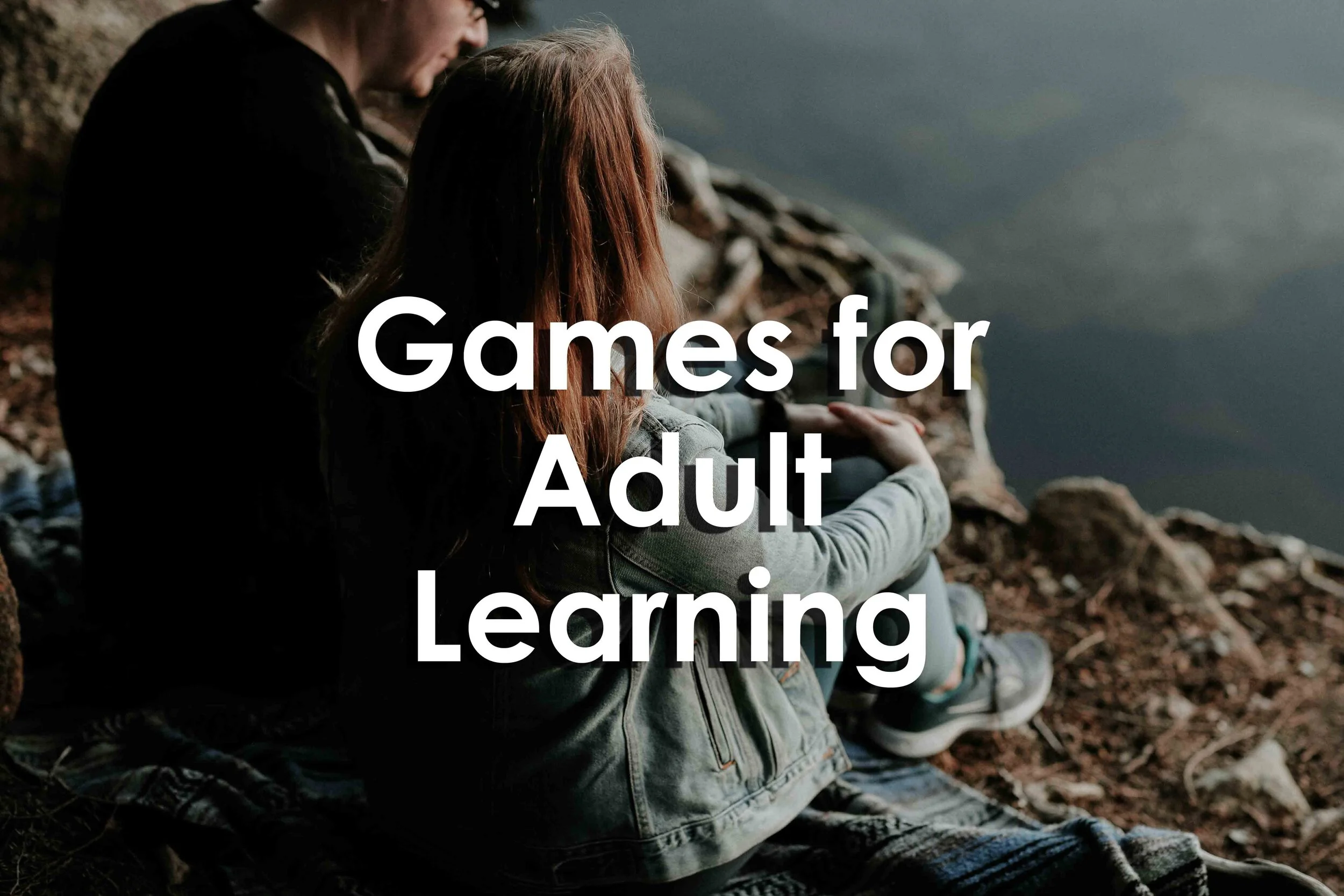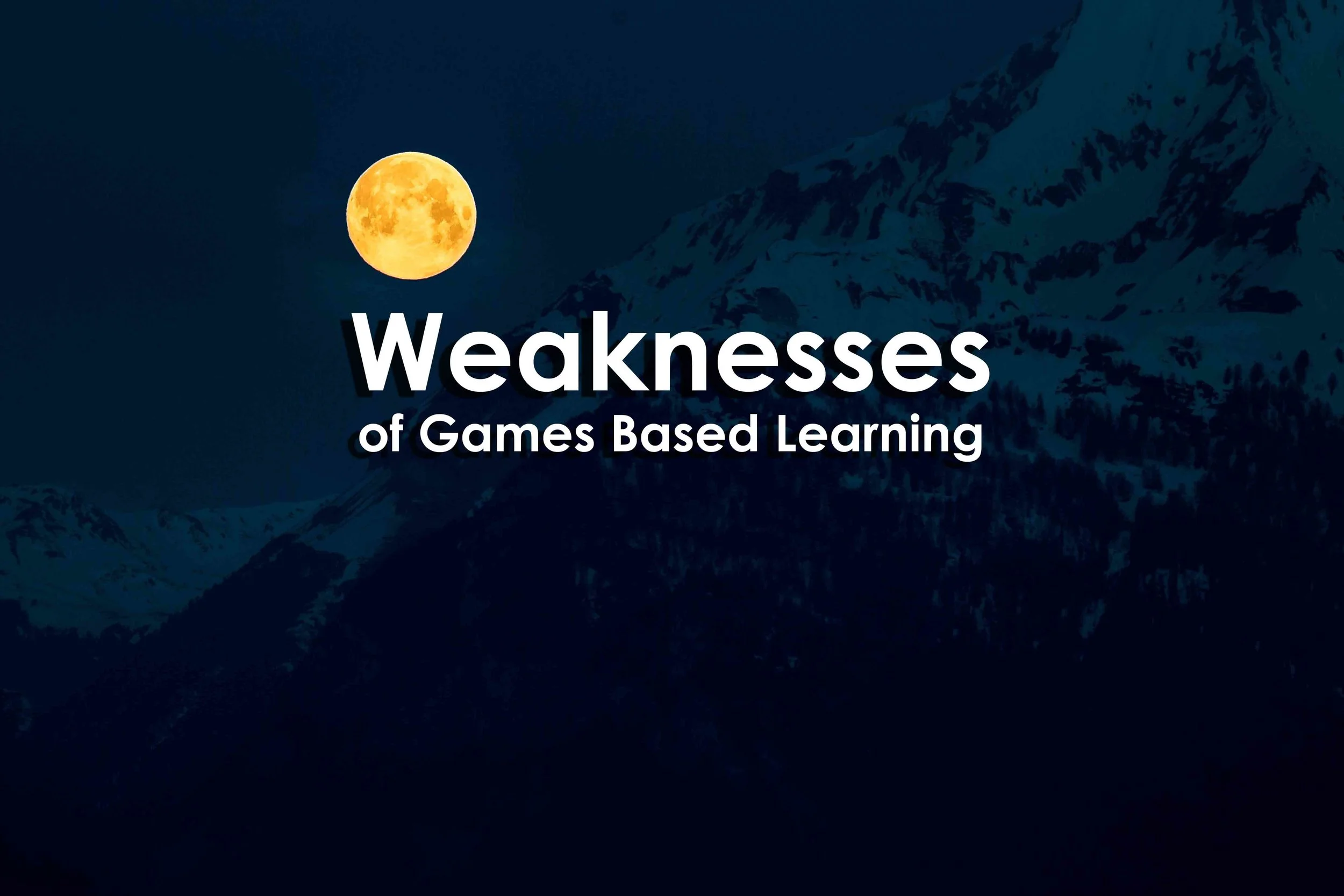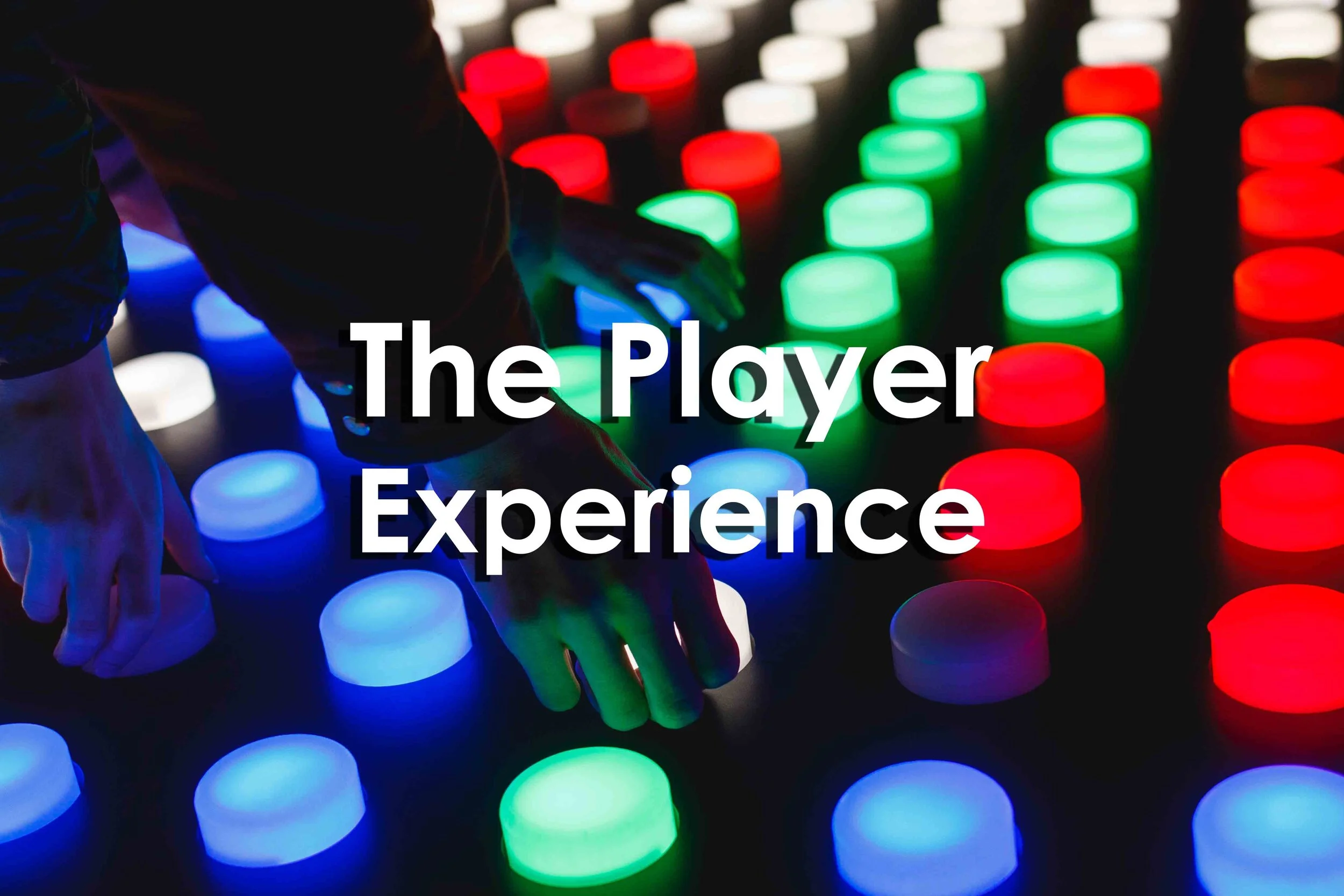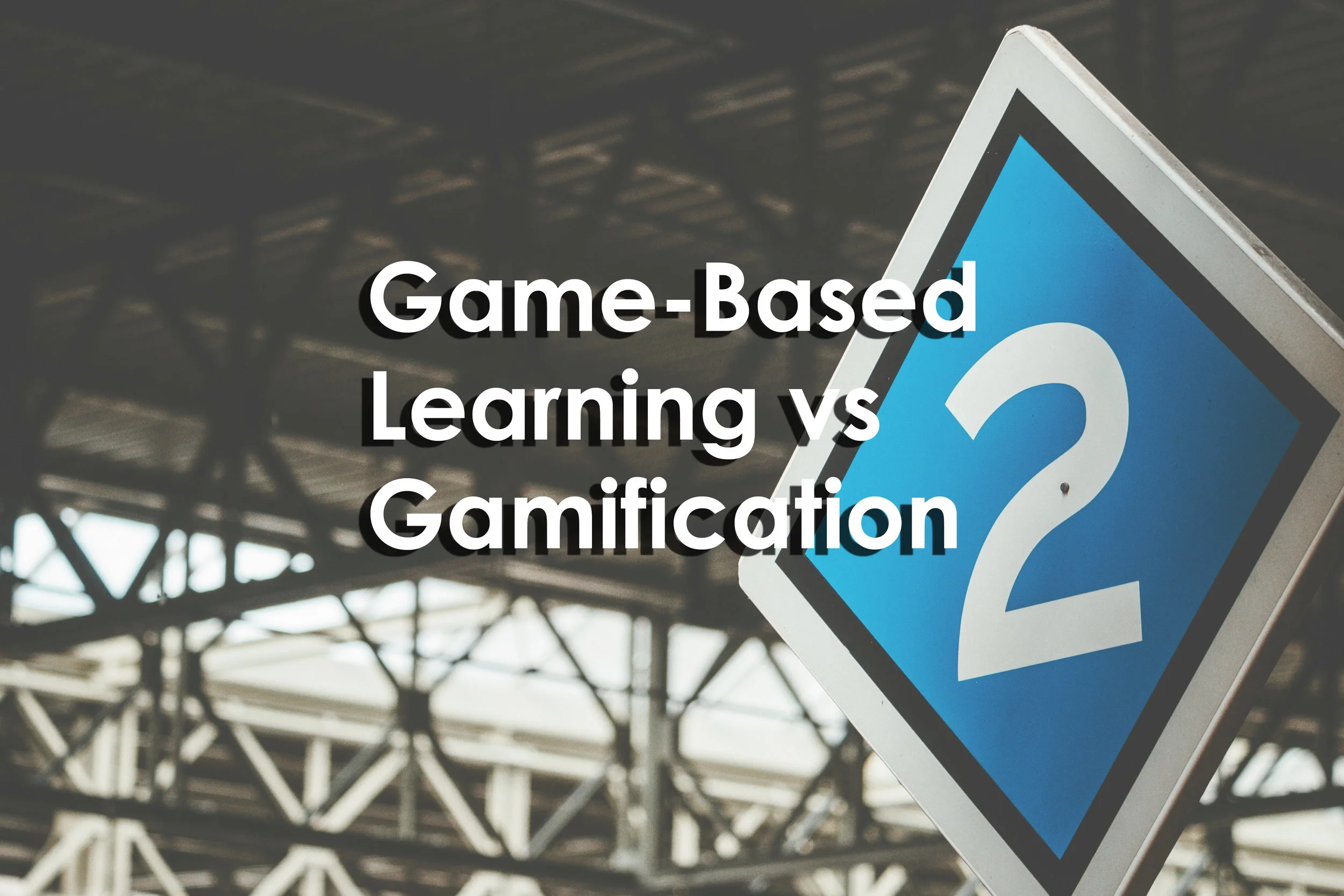This article defines intrinsic motivation with some examples. This is contrasted with extrinsic motivation: our desire to participate for some sort of external benefit. Both intrinsic motivation and extrinsic motivation are compared. Intrinsic motivation in games is highly influenced by social pressures. These social pressures also manifest themselves in the workplace and throughout education. Intrinsic motivation will be addressed through games-based learning as well as how the designer can create games that best emphasize this powerful form of motivation. Specific steps for designing with intrinsic motivation in mind will be discussed.
Read MoreThis article will answer what learning games are. In addition, common problems and challenges with learning games will be reviewed. Key characteristics of learning games will be provided as well as attributes that make good learning games. The article closes with how to design learning games as well as provides an argument on using games for learning.
Read MoreThis article will review the positives of learning and gaming in a socialized game environment as well as how gamers, players, students, and educators may create a socialized learning environment. This article will close on the outcomes and applications of socialized gaming.
Read MoreThis article will review some of the positives of including games in adult learning and development. The application of games compared to other activities will be discussed as well as some digital applications of games based learning.
Read MoreFortnite recently became one of the most successful video games in history, which has been a mixture of surprise, fascination, and wonder for someone like me. Someone who was never been that big on the battle royal train from the beginning.
Celia Hodent’s is the former director of User Experience at Epic Games where she worked on Fortnite from 2013 to 2017. In her original post here: Gamasutra: Celia Hodent's Blog - Understanding the Success of Fortnite: A UX & Psychology Perspective she talks about the combination of her different disciplines in psychology, user experience, and how both informed the development of Fortnite.
Read MoreIntrinsic motivation is one of the most powerful motivating factors for people. Intrinsic motivation is what keeps players playing. They play for the love of the game instead of for a particular reward. But what is intrinsic motivation? What is motivation in general? This article will address intrinsic vs. extrinsic motivation and how you can use both in games-based learning.
Read MoreGames-based learning is a serious way for us to meet the needs of our students in way that is both engaging and impactful. However, there are still some limitations to games-based learning that need to be considered before educators can use it in practice. Limitations of games-based learning include the outcomes of our students; the costs of investment; as well as the shift and priorities. This article will address these weaknesses of games-based learning as well as some best practices when creating new games-based learning systems.
Read MoreGames are one of the best places where we can use and apply what we’ve learned through our mistakes in order to inform our experience. Games-based learning is an application where we can use games as formative learning experiences to develop ourselves and our students. Games-based learning is based on experiential learning: learning through experience. But there is one thing for certain that needs to happen more in experiential learning: We need to make more mistakes.
Read MoreEngaging in a state of “flow” is one of the most mesmerizing things that your players can do. They are engaged with your game. They are performing at the top of their ability. They are so engrossed that they begin to lose track of time. A flow state is something that all designers should aim to achieve in their game design. But what is flow? What is a flow state? How can you achieve it in your own designs?
Read MoreThe player experience is something that we all shoot for in game design. That’s because the player experience is what the player goes through when they play the game. That experience can be as simple as gamified mechanics in gamification; a games-based learning class; a simulation; or a serious game. The player experience dictates how our creation, our game, is received by our users.
Read MoreBoth gamification and games-based learning have entered popular culture. That means there’s been debate and misunderstanding about what they are; what they’re used for; and what differentiates them. Some people want to use games-based learning when they mean gamification. Others want to use gamification when they should use games-based learning. Just what is the difference between games-based learning and gamification?
Read MoreGames are a type of work if you think about it. We invest our time in games. We give games our attention and our mental capacities. But why do we do that?
What makes play work? The answer is that great work is also great play. Great play makes us more productive. That means that great games can also help us become better, and more productive, individuals.
Let’s examine game play as work, and why we continue to play games, despite difficulties to the contrary. Part of why we continue to play is because we enjoy the feelings of “competent engagement” that we get from games. This allows us to get more serious about our work. It also affects how we approach game play.
Read MoreNarratives, toys, puzzles, and games all share some similar characteristics. But what makes them different and how do games tie them all together?
Read MoreHelping a player make informed and meaningful choices is part of what makes good games great. Those meaningful choices provide the player weight and substance to their player experience. But often in the pursuit of creating interactive and engaging experiences, we often fall into the trap of creating meaningless choices.
Read MoreIt’s no surprise when someone tells you that games are fun. Fun is one of the reasons that we play games. But what makes games fun and how can incorporate that into our designs?
Read MoreHave you experienced that feeling of triumph before? The one you get from completing a really difficult level or beating an experienced opponent? You know, when you throw your hands up over your head in triumph? That feeling is called fiero. Fiero is highly addictive and highly engaging. Often that feeling comes after we’ve become completely engrossed in the game. That’s called being a state of “flow.”
Read MoreOne of the most characteristic things about today’s crop digital games is the grind. The grind, grindyness, or grinding aspect of some games is an aspect that most gamers have experienced at one time or another. But what does that mean? How do players experience it? How can designers and educators of games-based learning address the grind in our designs?
Read MoreGames and students have many things in common. One of the biggest commonalities are the type’s people they cater to. There will be the first year introductory courses that enroll mostly college freshmen. There are expansive games like Fortnite that appeal to competitive gamers. In between there are a plethora of different options available for many different types of students and gamers alike.
As a designer and instructor it’s best to understand our players and students. The better we understand them, the better able we are to cater to their needs and fully engage them in learning or play.
Read MoreBlack Mirror’s season five premiere Striking Vipers has an oddly coincidental connection to games and the “lusory agreement” the players follow when playing them.
Read MoreGames and simulations are two things that seem talked about in the same circles. Sometimes they even get misinterpreted for one another. They do share some of the same characteristics; but games and simulations are different from one another.
Read More



















